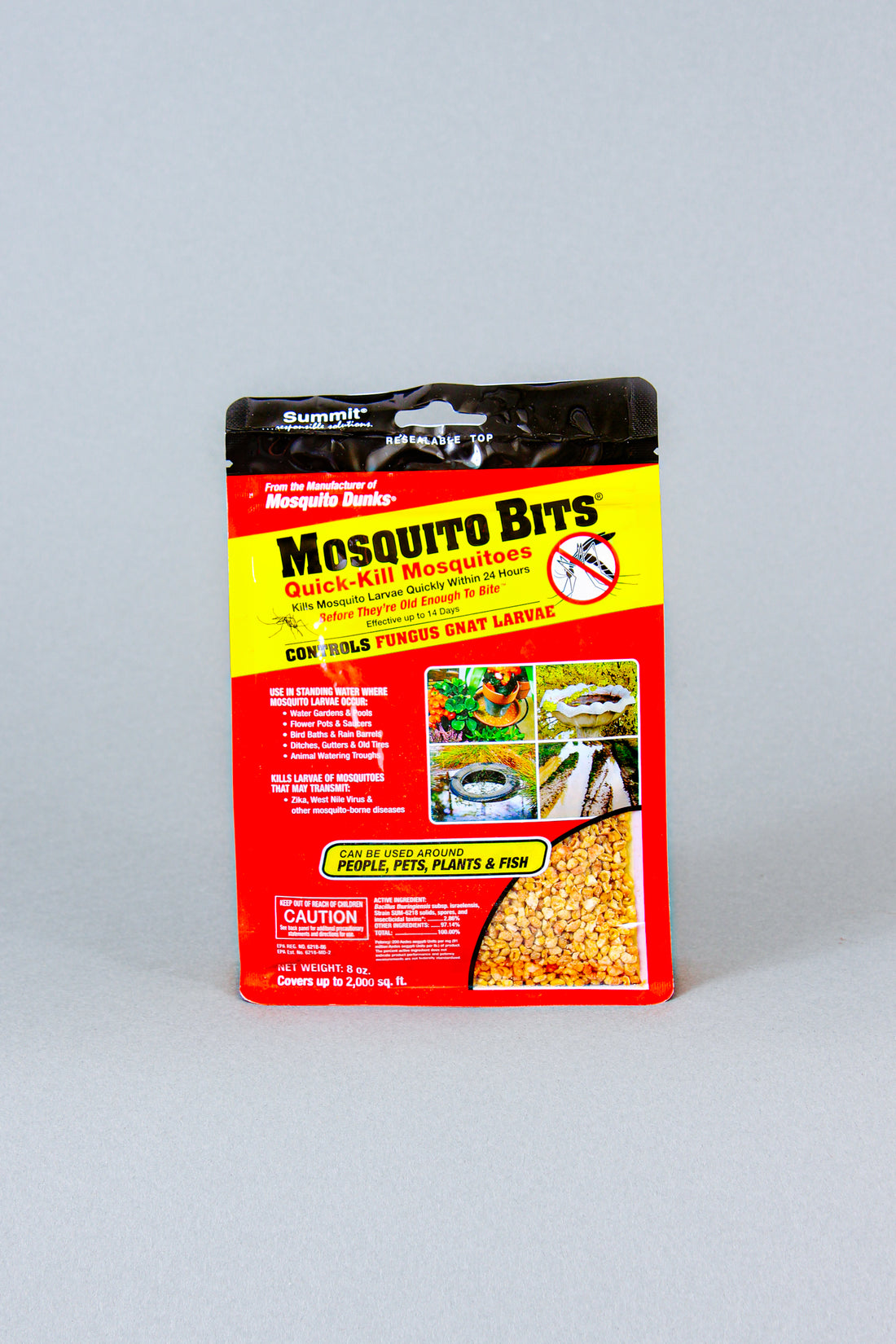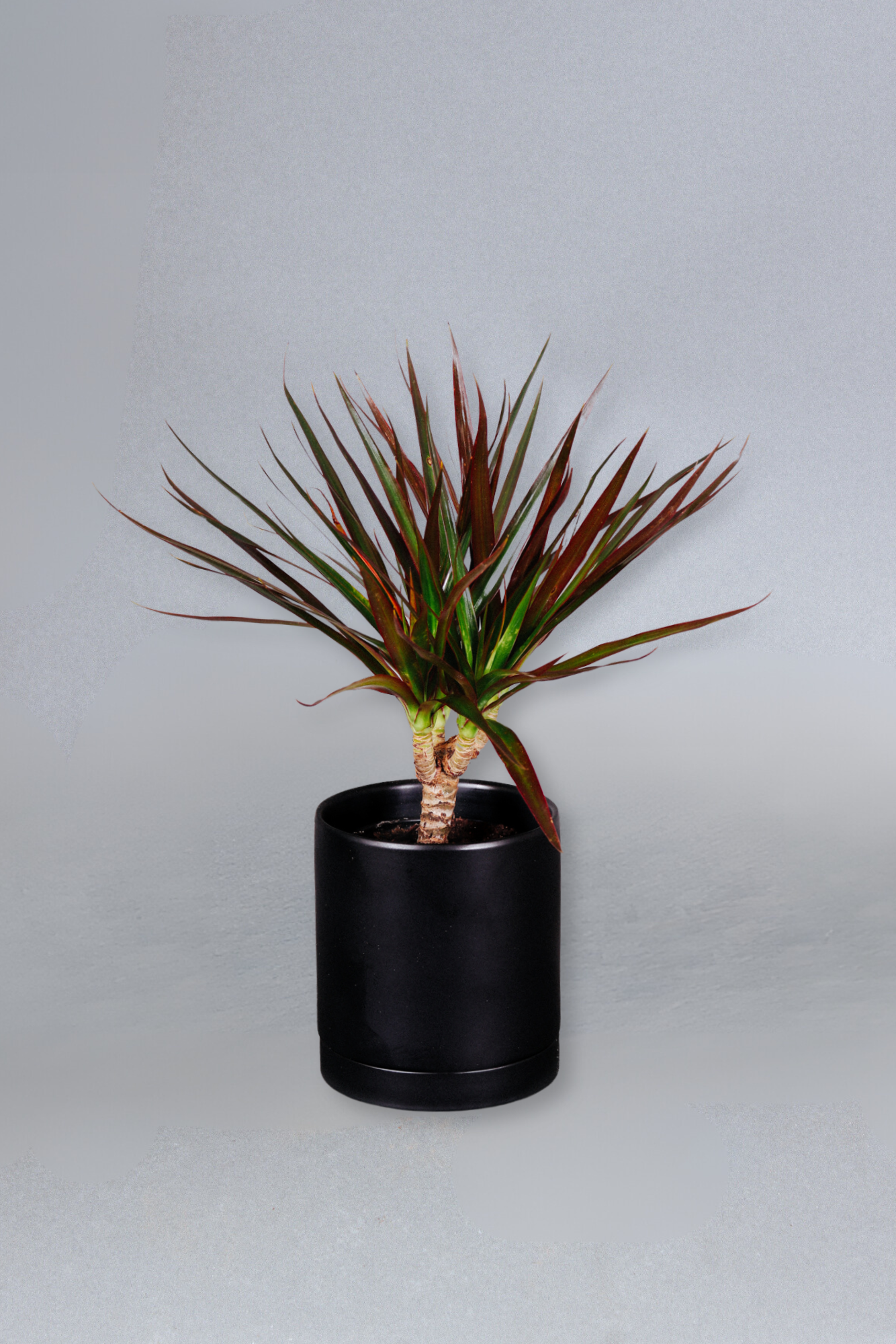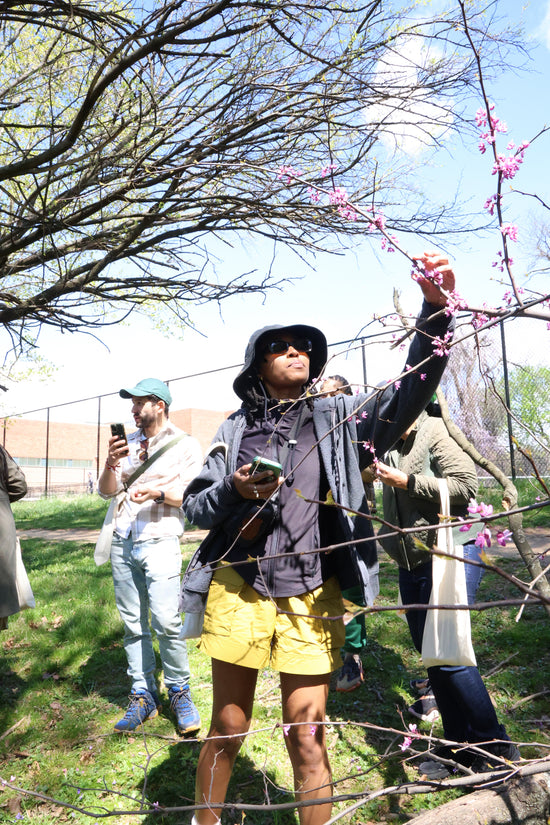How to Treat Plants with Fungus Gnats
Fungus gnats are small flying bugs that closely resemble fruit flies. Rather than being attracted to produce, fungus gnats are attracted to moist soil and decomposing plants. They live in warm and moist environments, which is why we often find them infesting our home during the Summer months. They reproduce quickly, laying hundreds of eggs in soil that can grow into adults in just 2 weeks. Gnat eggs and larvae feed on the soil’s organic matter, eventually making their way to the roots. Learn how to treat a fungus gnat infestation quickly and repeatedly by adopting the tips below.
Causes of Fungus Gnat Infestation
Fungus gnats are attracted to moist soil, which can be a result of the following:
- Overwatering your plants is the most common reason soil will remain moist enough to invite gnats in.
- Plants with poor drainage can experience waterlogged soil. Poor drainage can be caused by compacted soil, pots without a drainage hole, or a lack of proper soil amendments, such as perlite, sand, or vermiculite. Always discard excess water left in a saucer within 10-15 minutes to avoid over-saturating the soil.
- Low lighting can cause soil to dry at a slower rate.
- Poor air circulation can create conditions that prevent soil from drying out quickly enough.
- The infestation can spread from one plant to nearby plants quickly.
How to Identify Fungus Gnat Infestation in a Plant
To figure out which plants need treatment, examine each of them for moist or wet soil. Other signs that a plant is susceptible are:
- A plant with leaves that go limp faster than usual.
- A plant with fungus, damaged stems, signs of root rot, or decay.
- A plant with topsoil that remains visibly moist many days after being watered.
- Gnats fly around when they’re resting on a plant that has been disturbed.
To check your soil for larvae: Cut a raw potato into chunks and press them into the top of the soil of your suspecting plant. Existing larvae will crawl towards and attach themselves to the potato within 1-24 hours. Discard the potato and replace it if desired. Larvae hatch about every 5 days.
Treatments for Fungus Gnats
To stop the development of eggs and larvae, soil must first go completely dry. Discarding the top 1-2” of soil will also help to remove some existing eggs and larvae. However, eliminating generations of gnats may take multiple treatments. To fully remedy the infestation, use any of the efforts below.
To Eliminate Existing Fungus Gnat Eggs and Larvae:
Mosquito Bits can be sprinkled on the top of soil to kill off eggs and larvae. You can also steep bits into non-tap water as a "tea" for 30-60 minutes and pour directly in the soil. Treat weekly or with its next 3 waterings as needed.
Hydrogen Peroxide
Diluted Hydrogen Peroxide solutions are useful in eliminating eggs, larvae, and fungus. After you’ve allowed the soil to fully dry, kill off eggs and larvae in the soil by watering with a mixture of:
- 1 part 3% Hydrogen Peroxide to 3 parts non-tap water.
- Pour directly into the soil and allow it to drain out of the bottom.
- Repeat for the next 2 waterings if needed.
Neem Oil
Pure Neem Oil is also effective in killing eggs, larvae, and fungus in the soil. After you’ve allowed the soil to fully dry, kill off eggs and larvae in the soil by watering with a mixture of:
- 1 tsp of pure Neem Oil per 1 quart of water.
- Pour directly into the soil, allowing water to drain out.
Castile Soap
Castile soap is a plant-friendly insecticide due to its plant-based qualities. After you’ve allowed the soil to fully dry, kill off eggs and larvae in the soil by watering with a mixture of:
- 1 tbsp of Castile Soap per 1 quart of water.
- Pour directly into the soil, allowing water to drain out.
Diatomaceous Earth
Diatomaceous Earth can be sprinkled on the top of soil or worked into the soil to kill off eggs and larvae.
To Eliminate Flying Adult Fungus Gnats:
Bright yellow sticky traps attract and trap flying gnats using a sticky adhesive. Place them in the soil of your infected and surrounding plants. Discard once the trap is full.
Vinegar Traps
Flying gnats are attracted to the smell of vinegar and can easily be trapped using Apple Cider, Red or White Vinegar. With vinegar, liquid soap, plastic wrap, and a glass or jar:
- Fill the glass halfway with vinegar and a few drops of liquid soap.
- Cover and secure plastic wrap over the jar’s opening.
- Poke holes into the plastic wrap large enough for the gnats to enter.
- Place near infected plants and discard after a few days.
Spray with Insecticide Mixtures
Use any of the above insecticides to spray and kill adult gnats. While this method is less effective since they are able to fly, all plants can benefit from an occasional insecticidal spritz!
We invite Grounded customers to schedule a complimentary Office Hours call with a Plant Specialist for any specific plant care questions.








